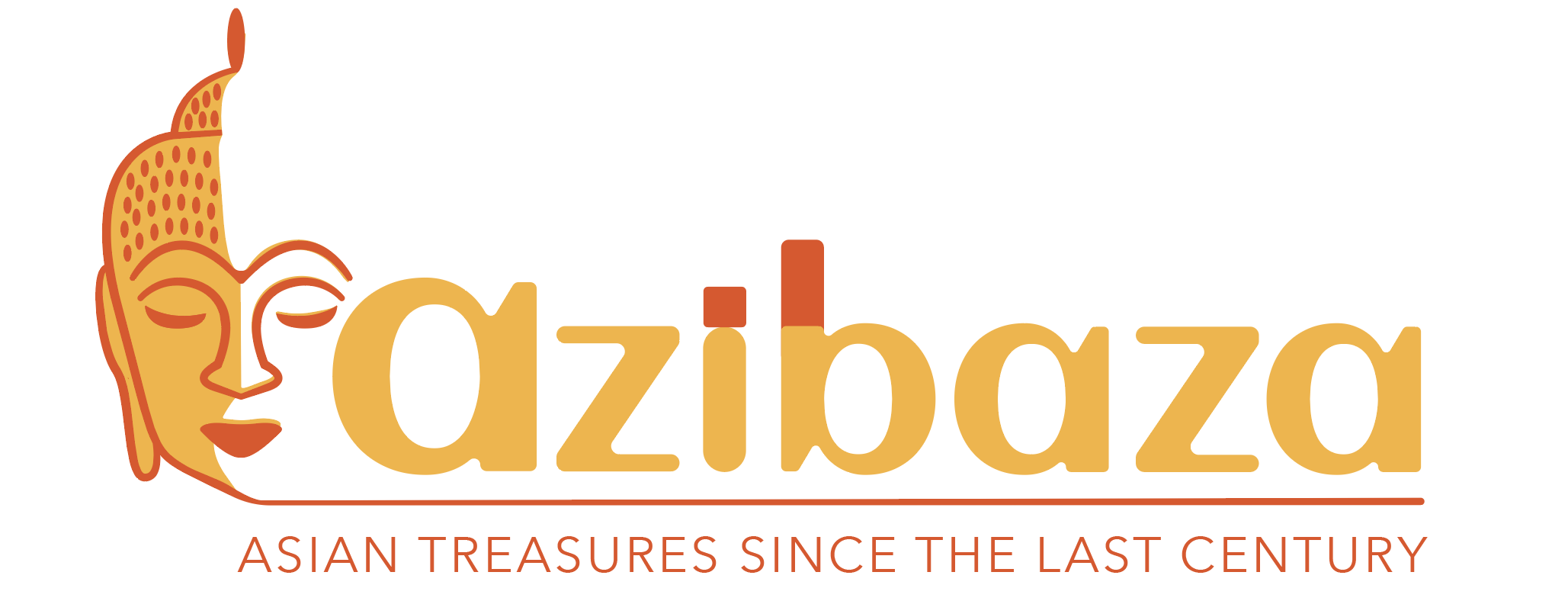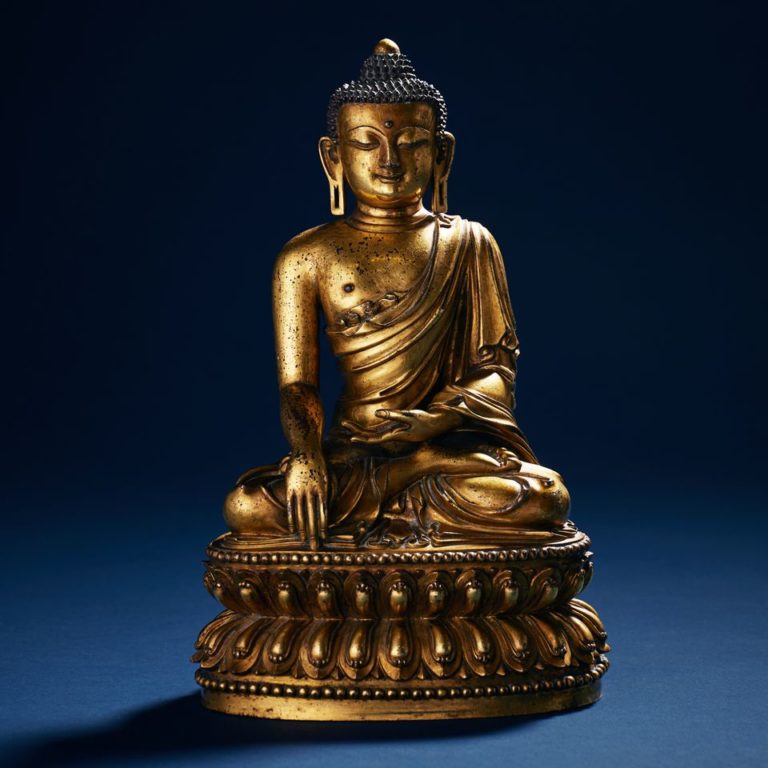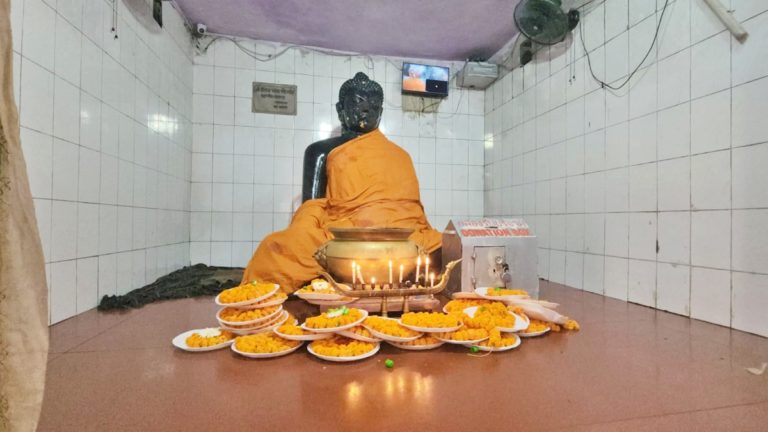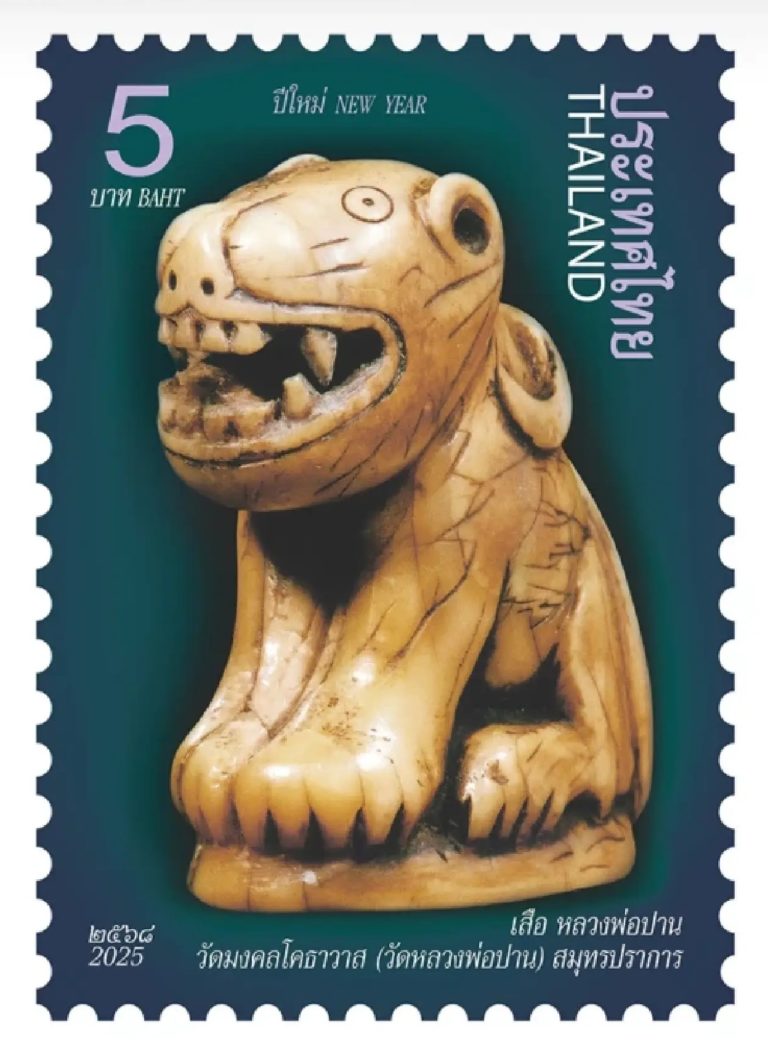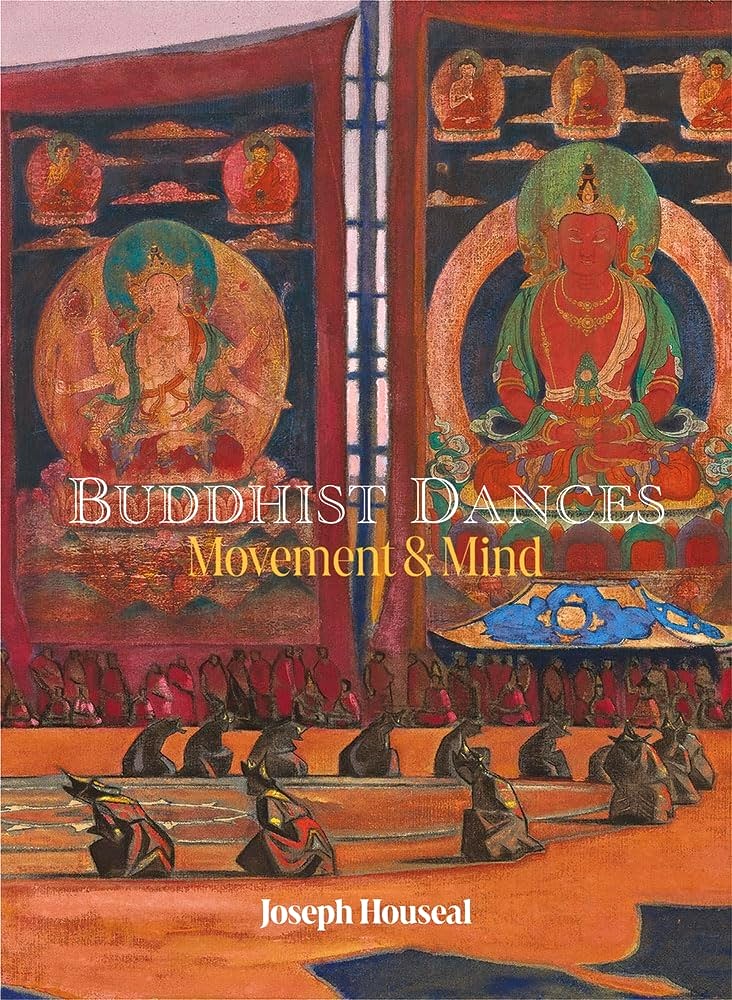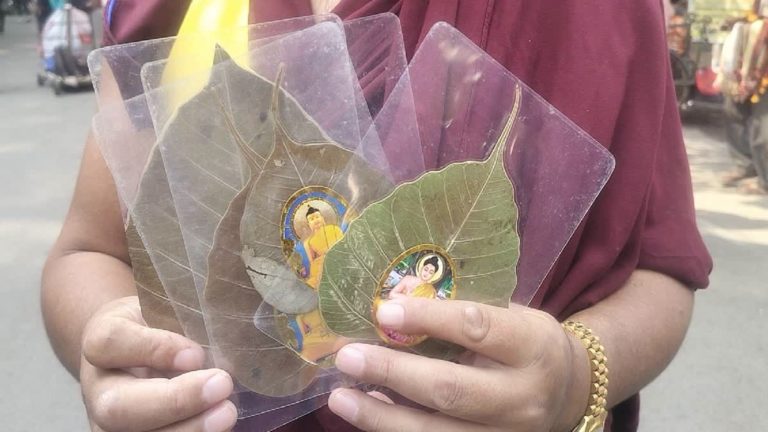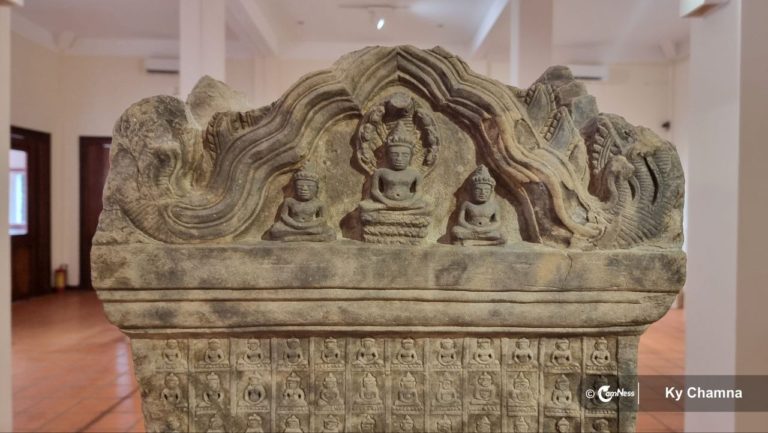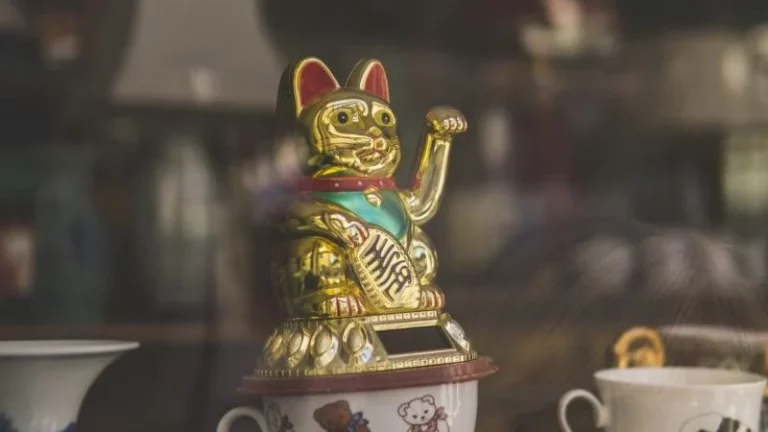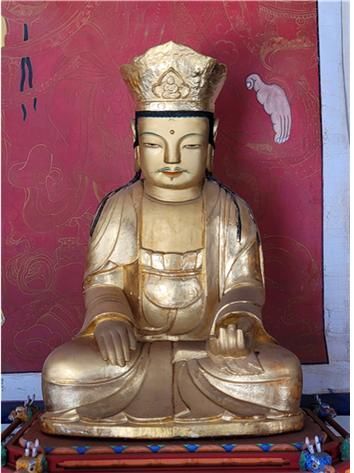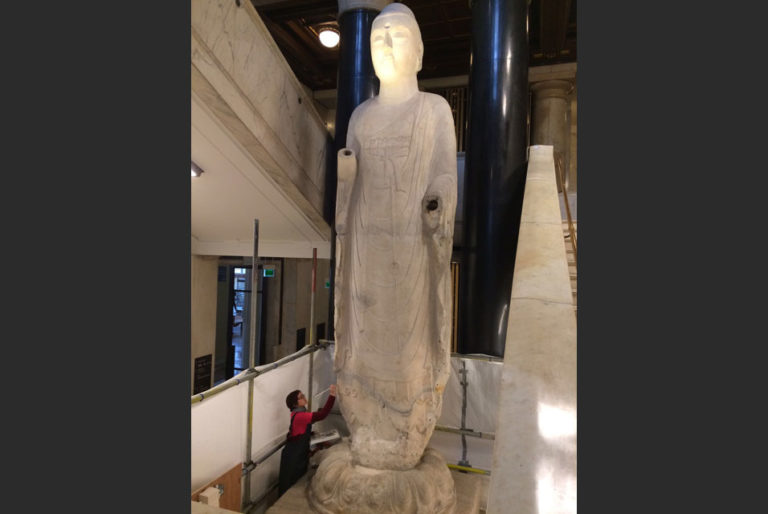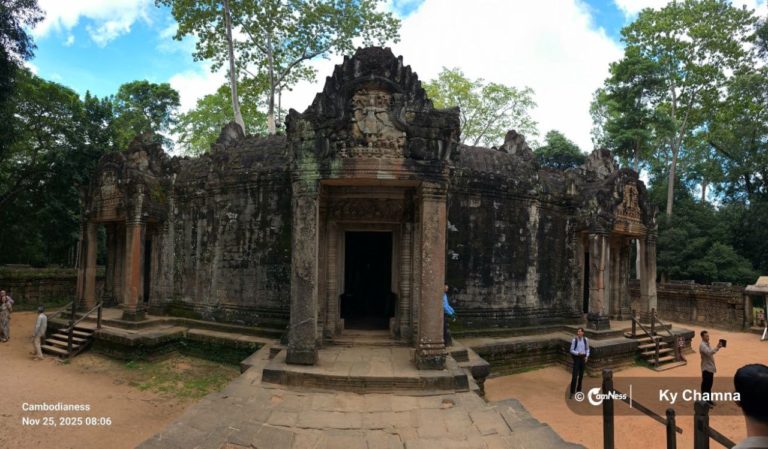Police in Bristol are investigating a major museum burglary after thieves stole hundreds of artefacts, including rare...
A small gilt‑bronze Buddha statue bought for loose change at a Swedish flea market has stunned the...
In the quiet village of Badgaon in Bihar’s Nalanda district, a weathered black‑stone statue of Lord Buddha...
Long kept in the private collections of wealthy devotees, Thailand’s five most revered talismans — the Benjaphakee...
Joseph Houseal’s new volume, Buddhist Dances: Movement and Mind, continues his ambitious exploration of Asia’s sacred movement...
A quiet artistic revival in Bodh Gaya is transforming the lives of hundreds of women, who are...
An ancient temple in Vietnam’s Mekong Delta is preserving a remarkable 500‑year‑old Buddha statue, a cultural treasure...
In 2001, archaeologists uncovered hundreds of buried Buddha statues at Banteay Kdey temple in Siem Reap, a...
Walk through Bangkok’s markets or cafés and you’ll notice small cats perched by tills, their paws rising...
